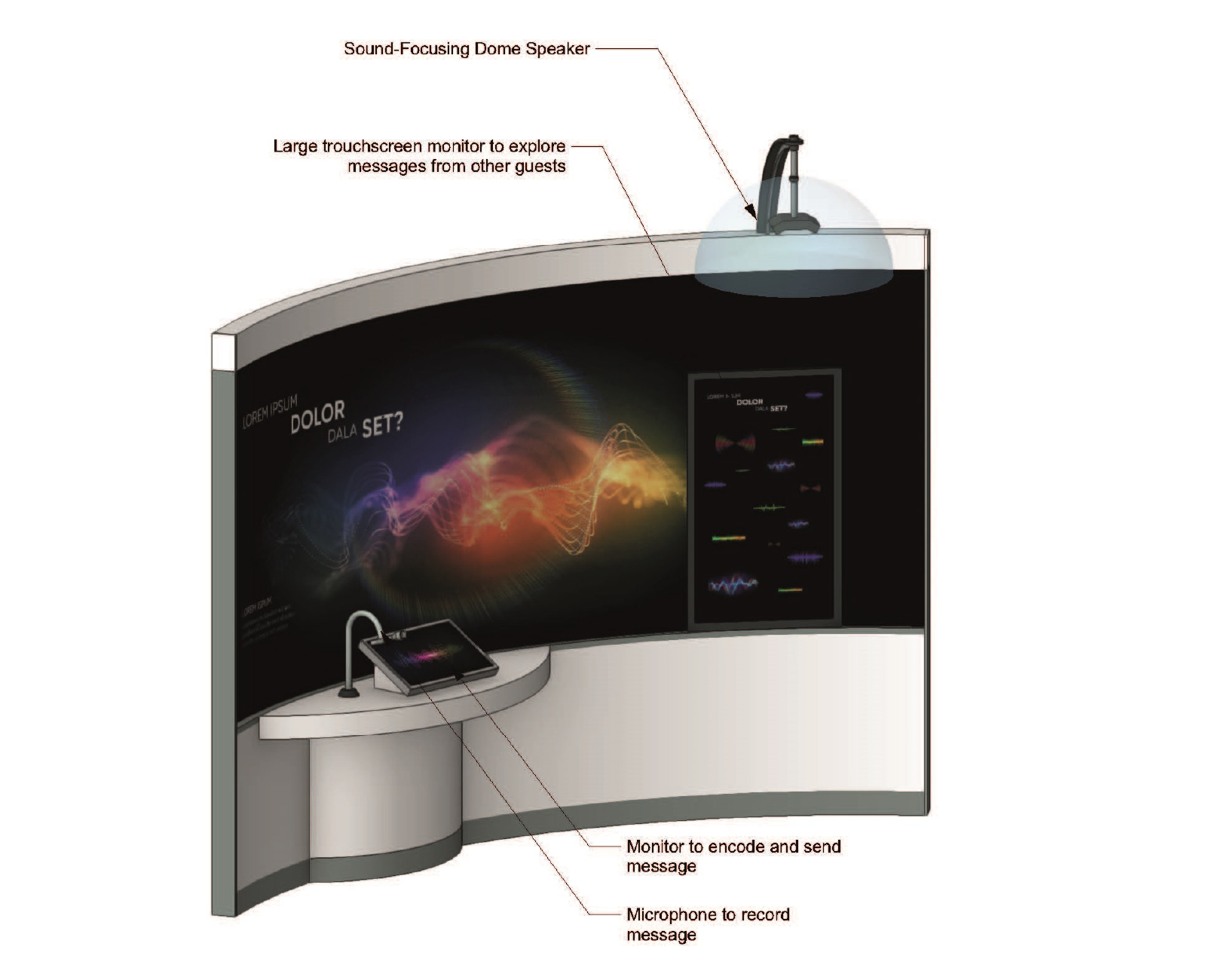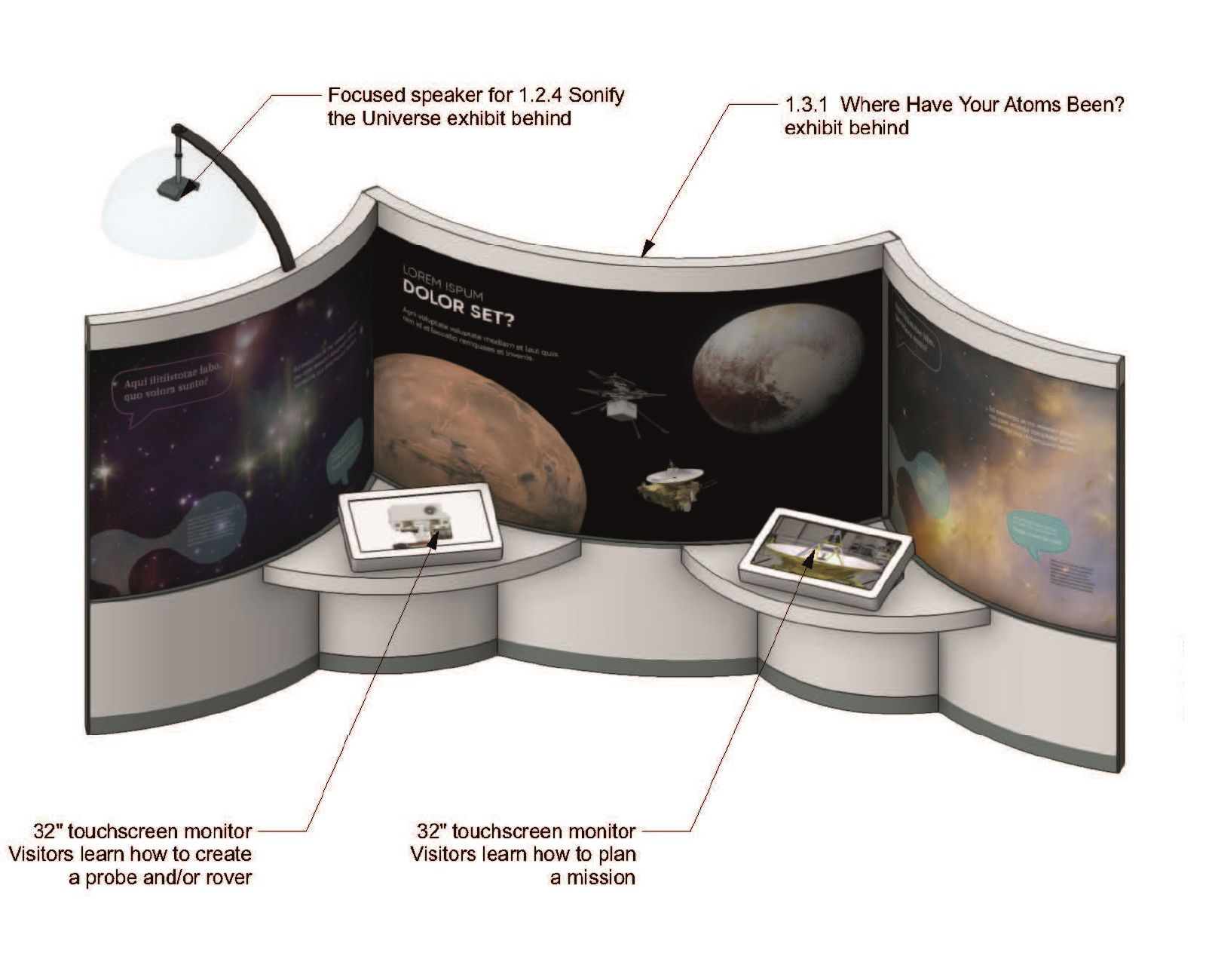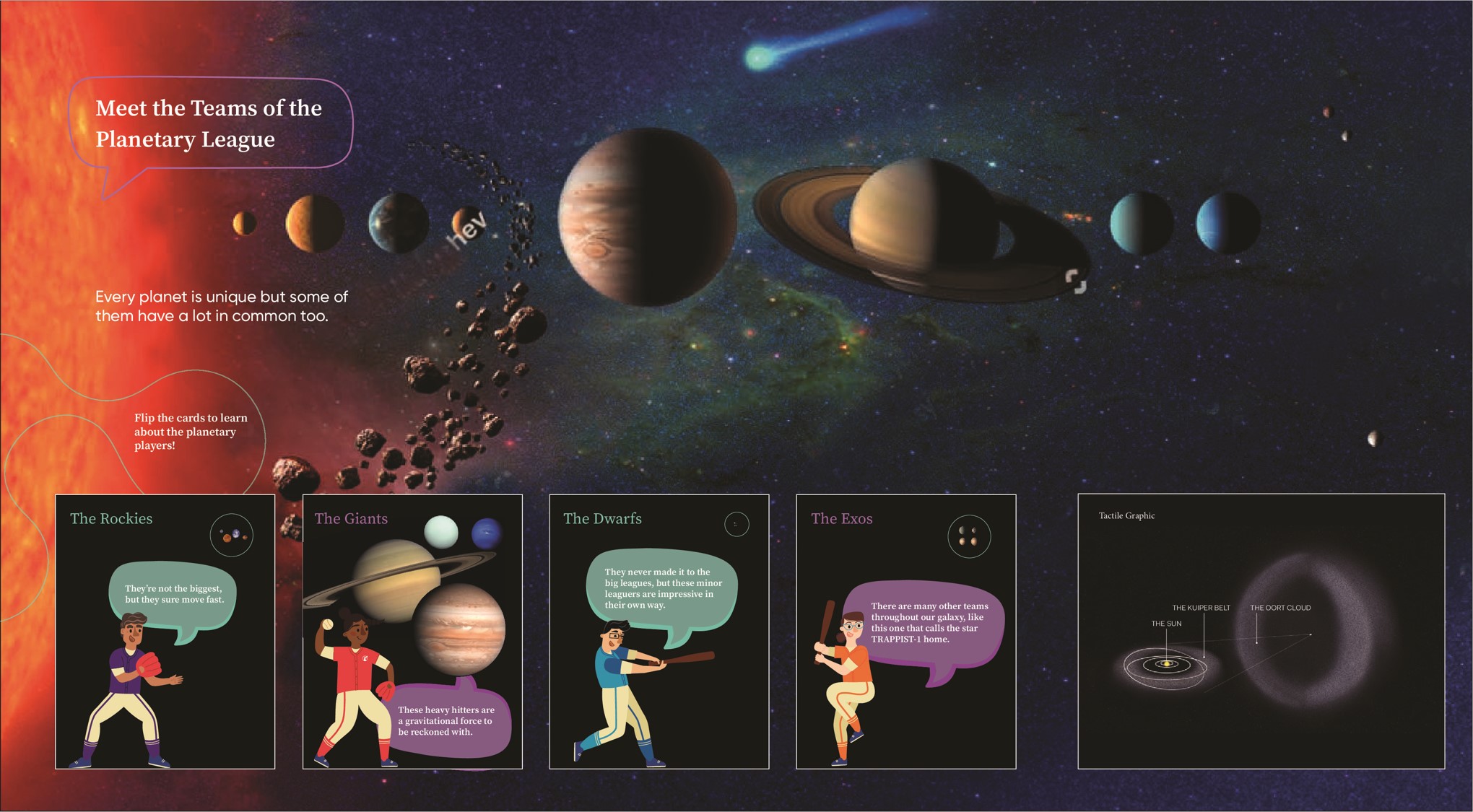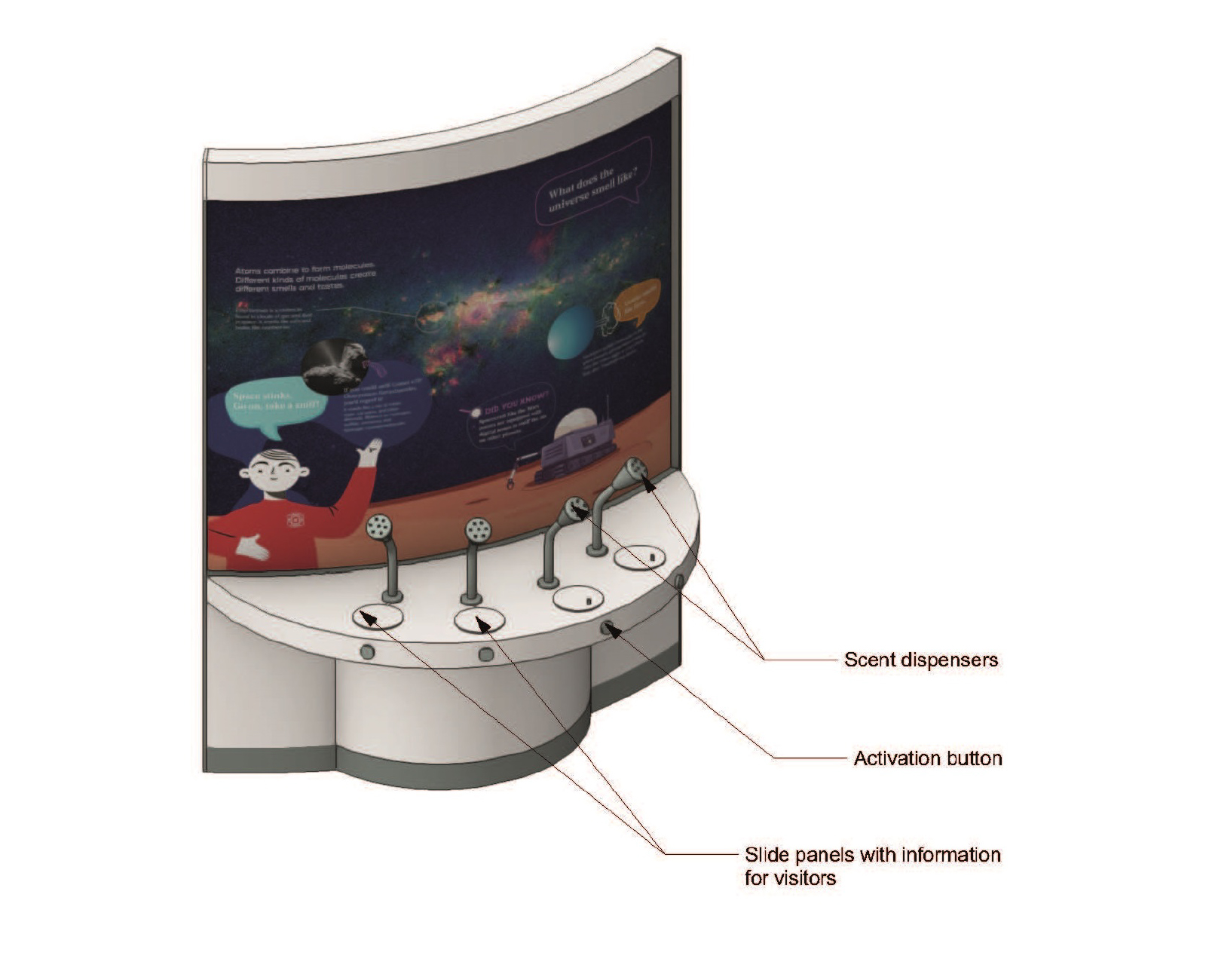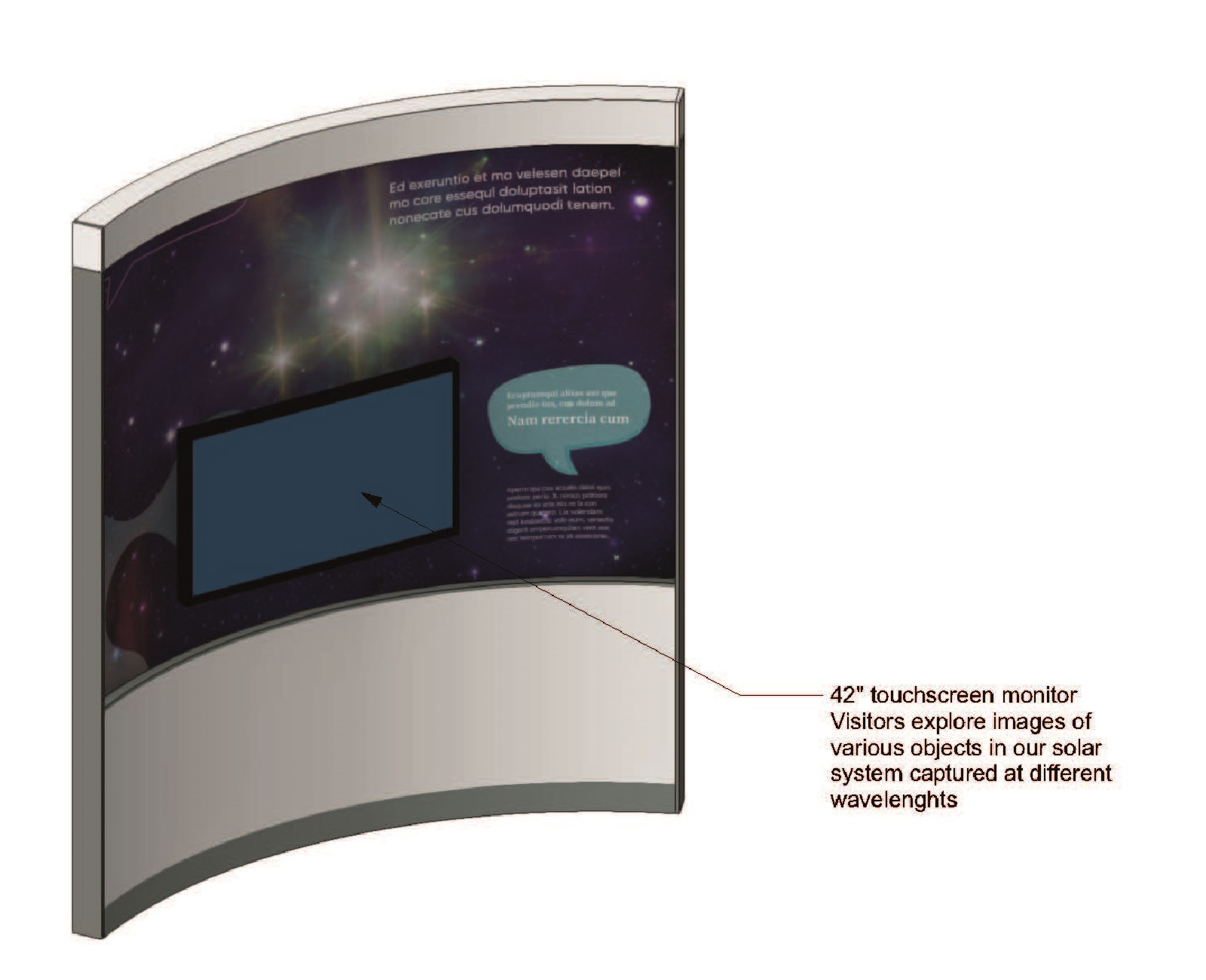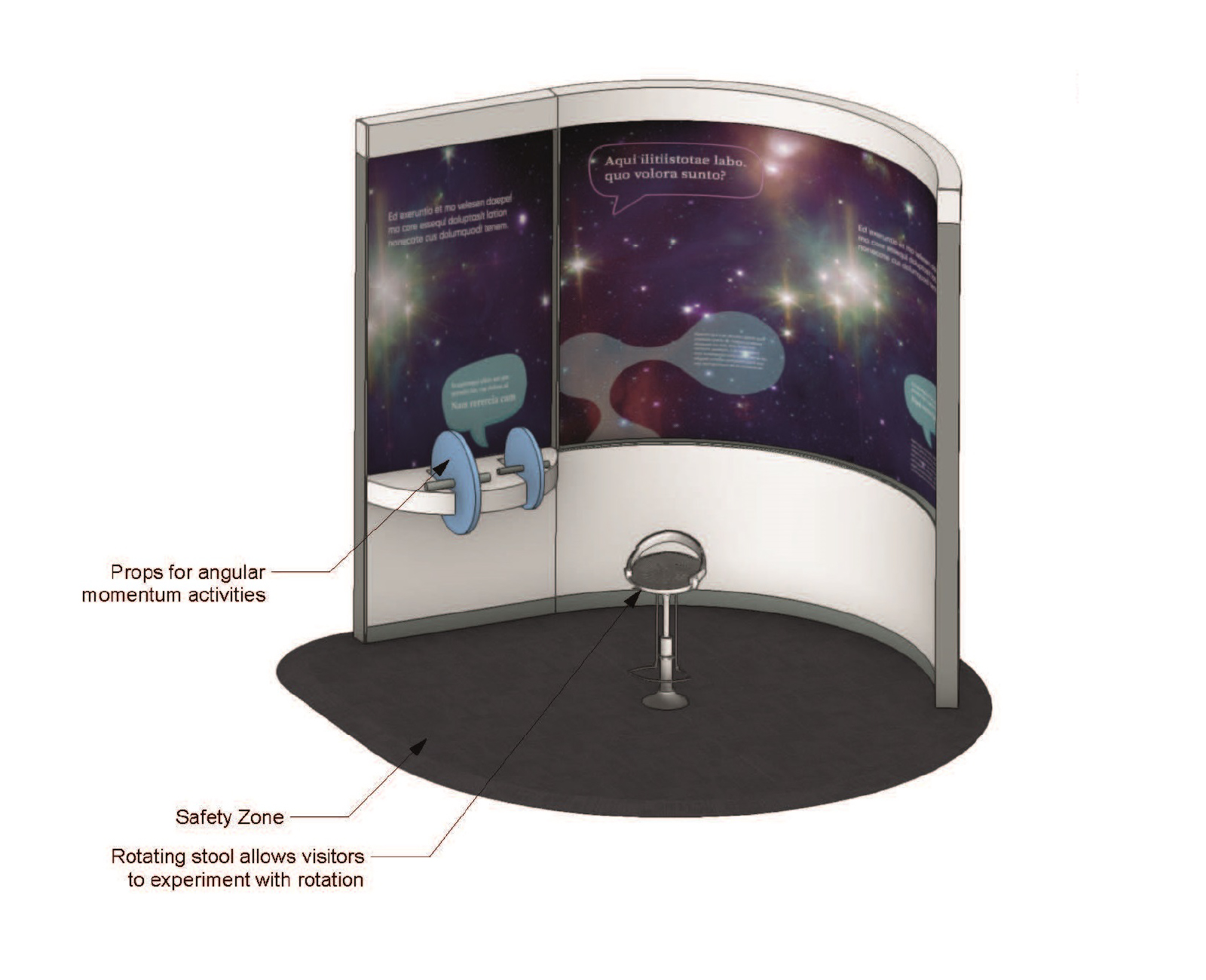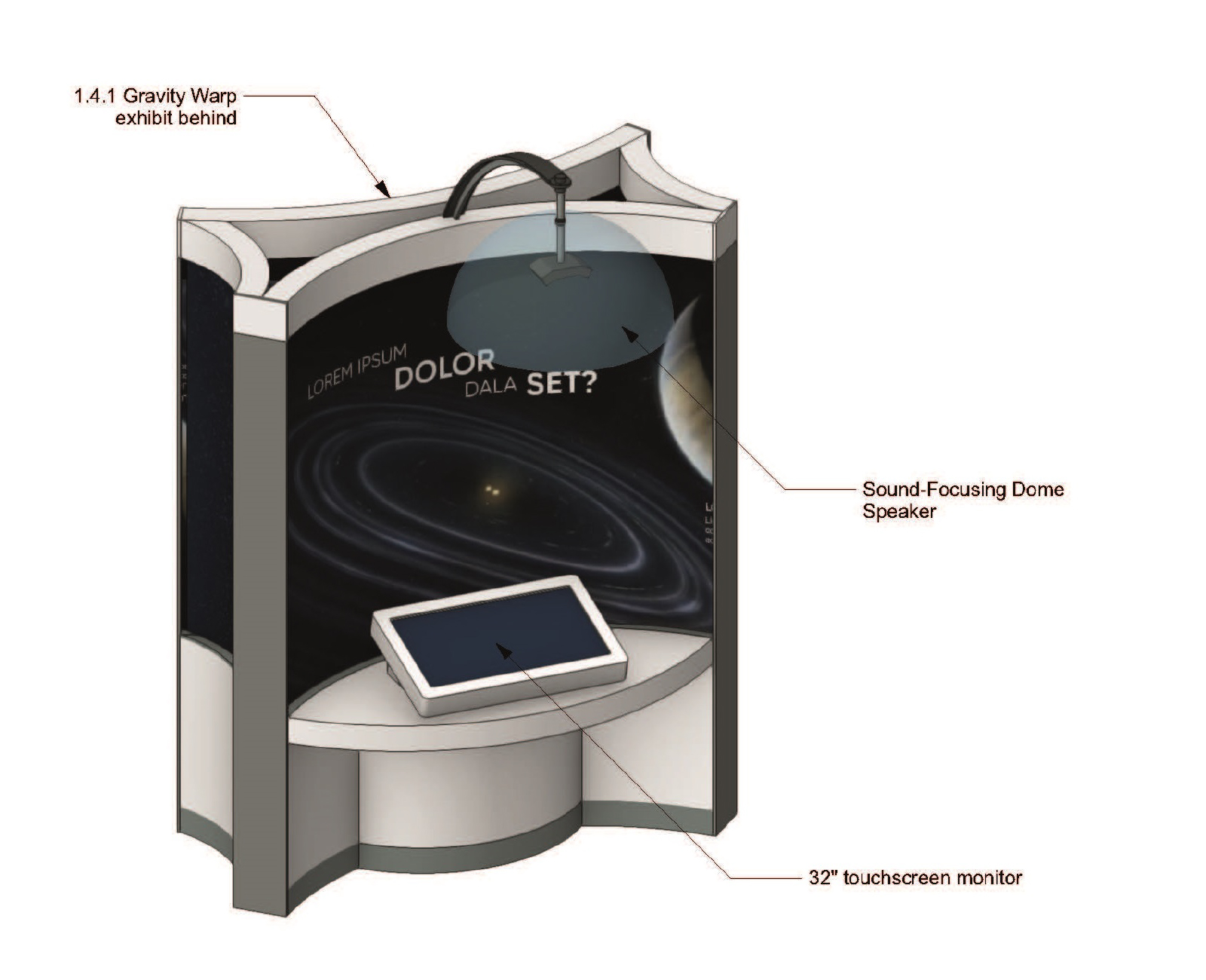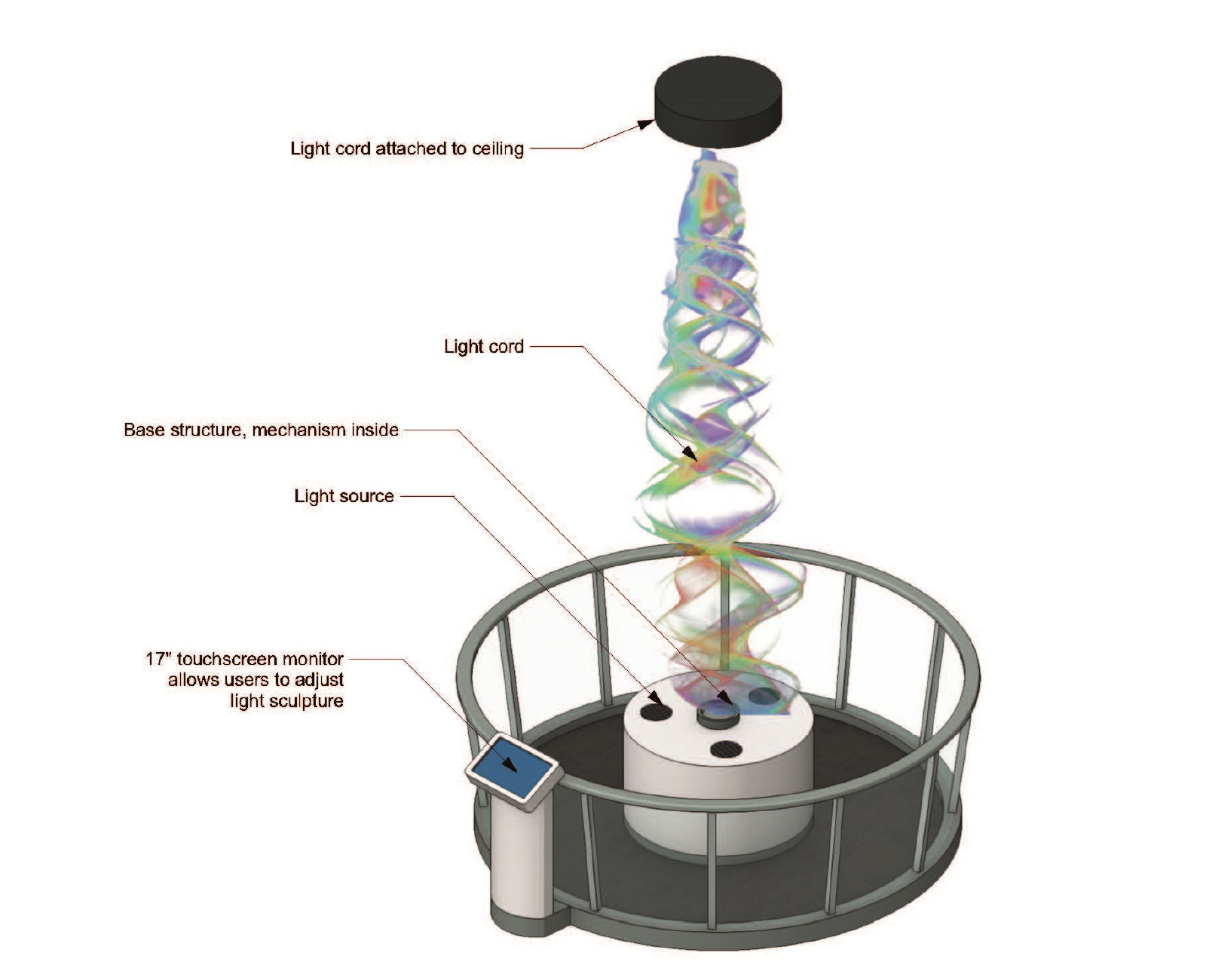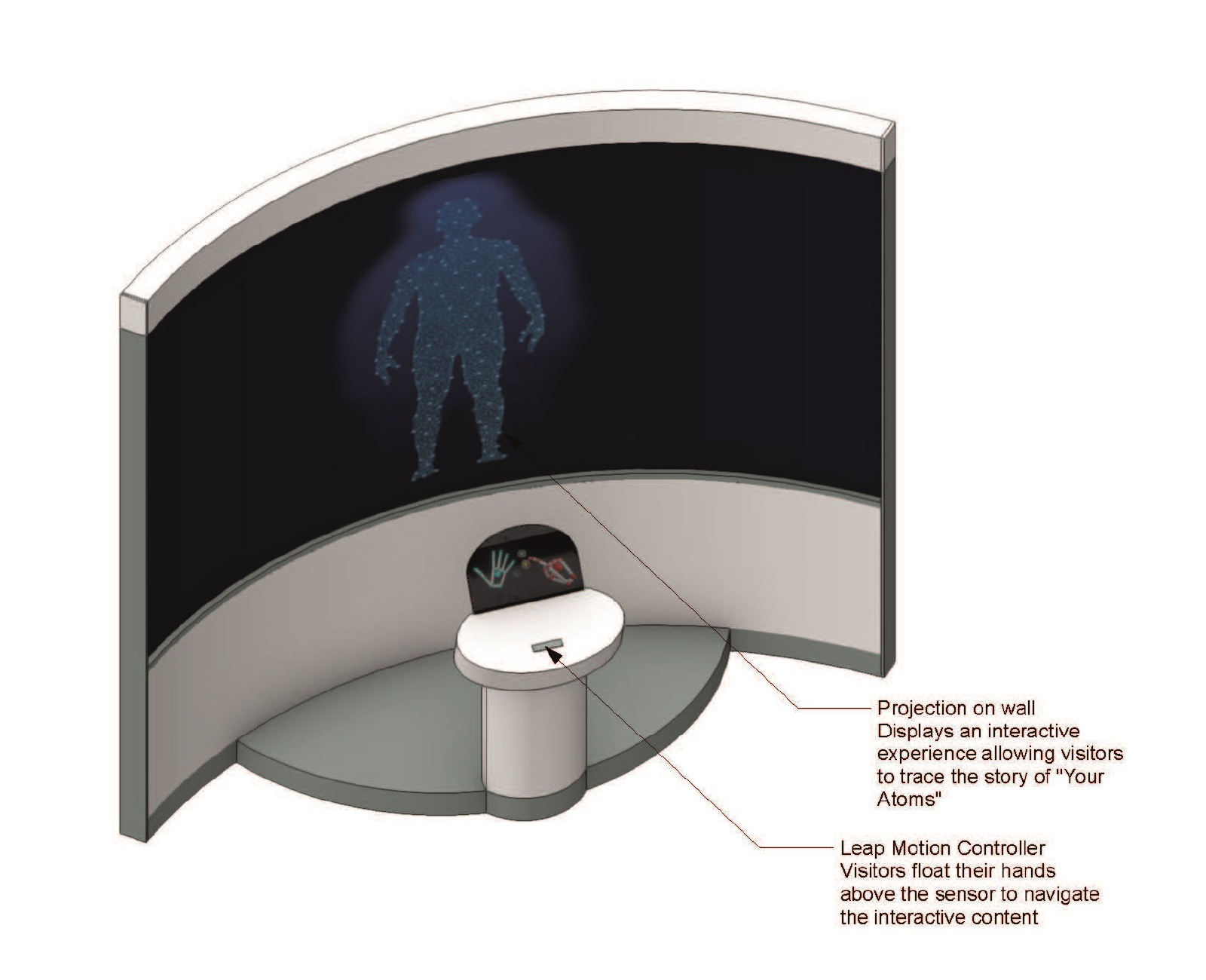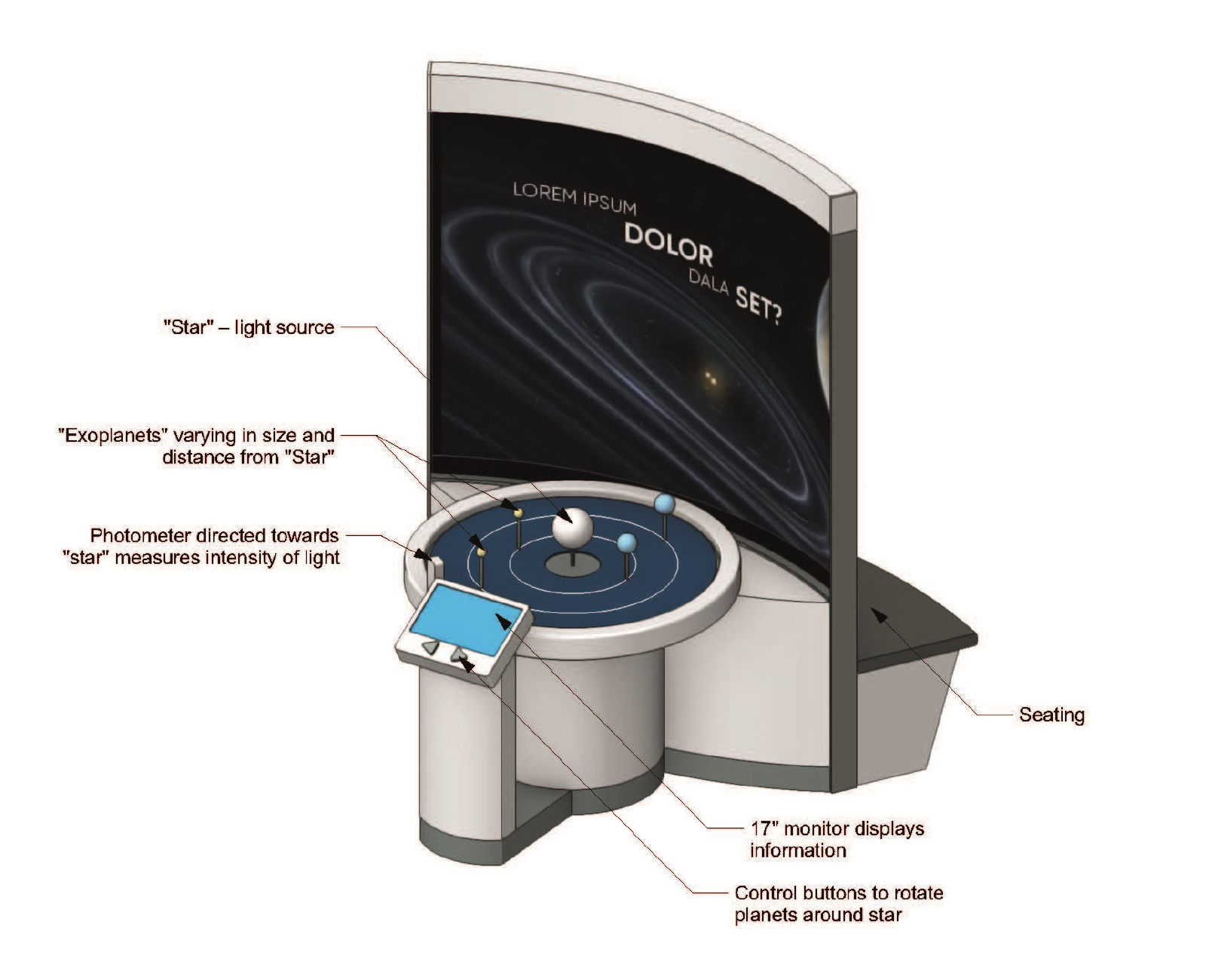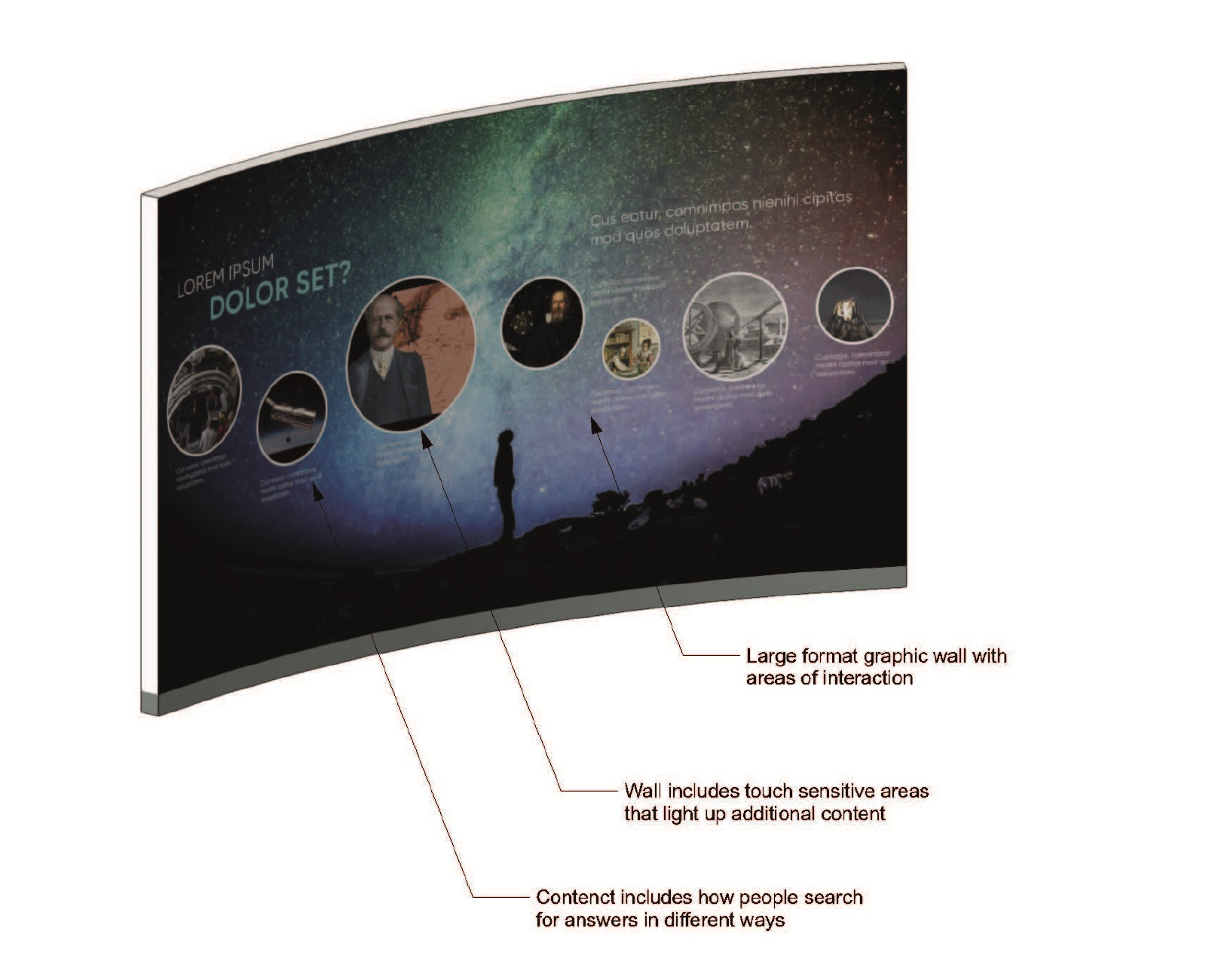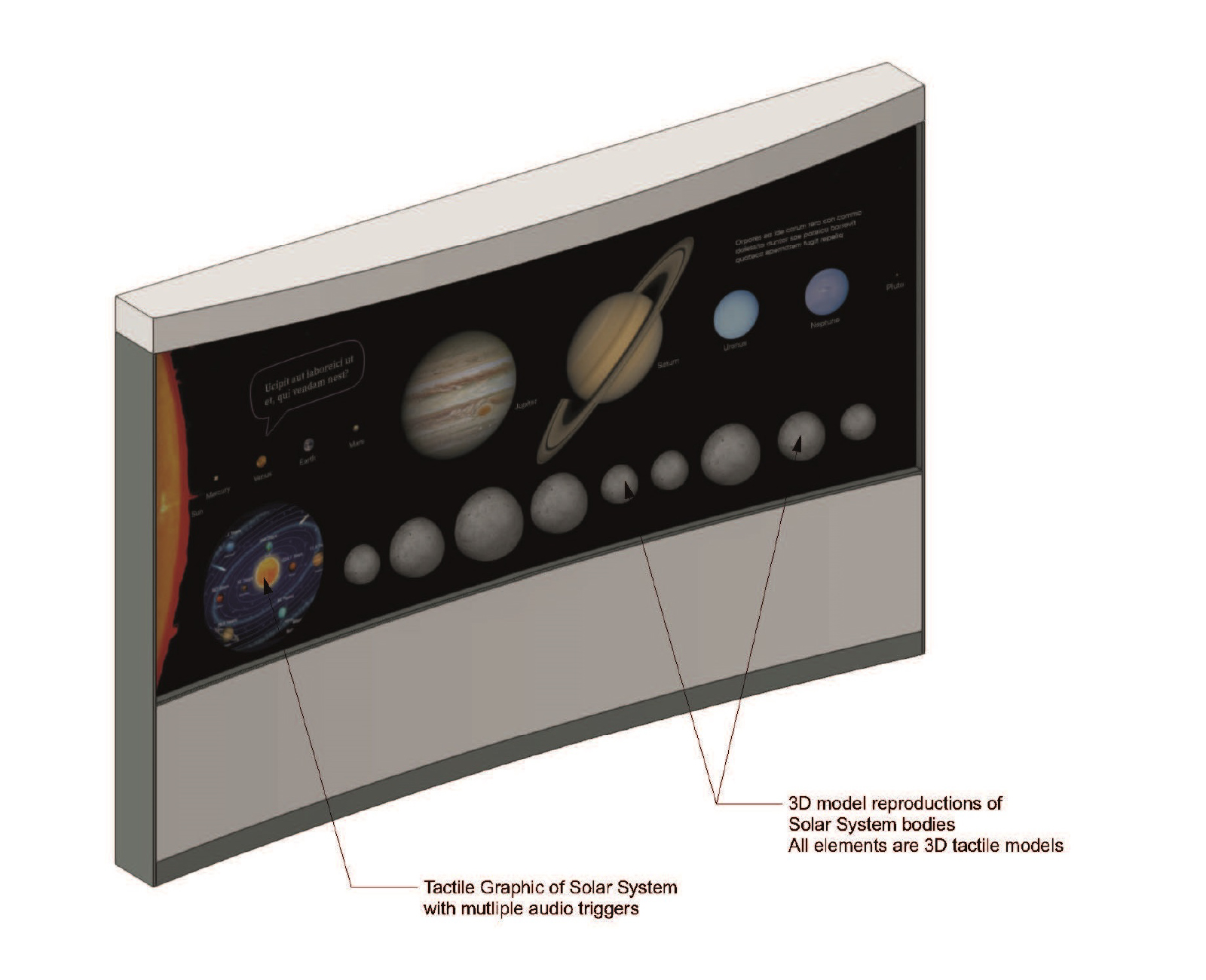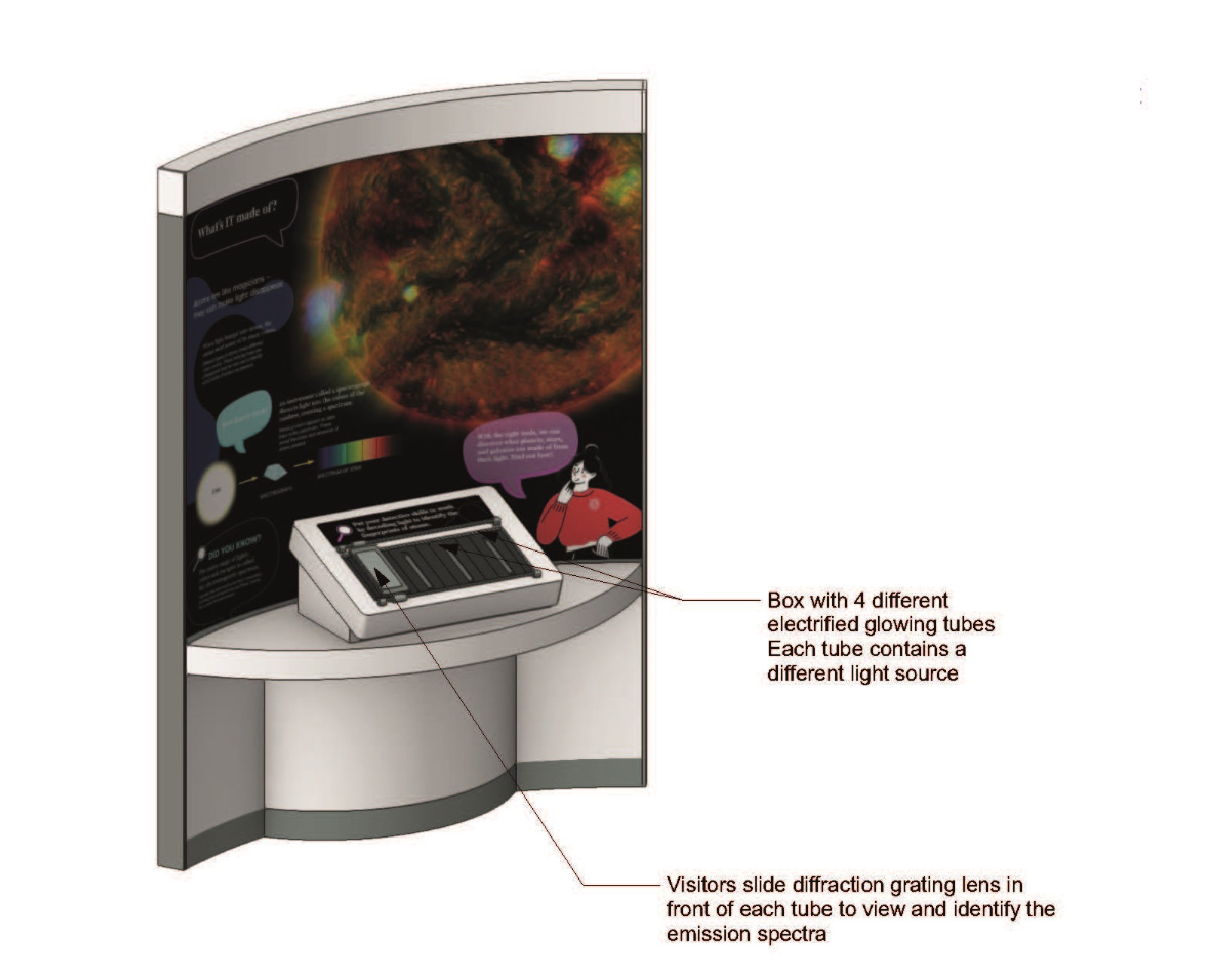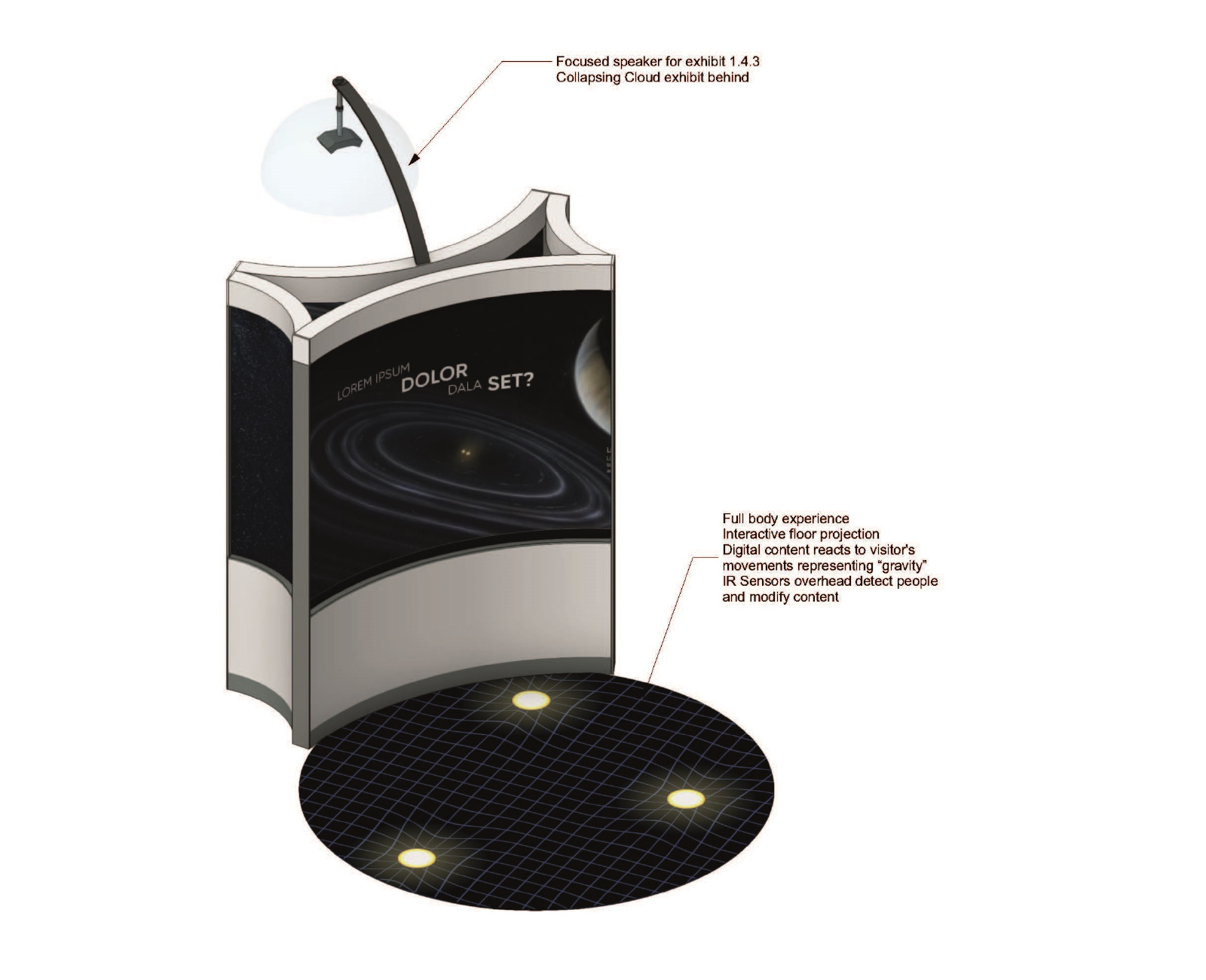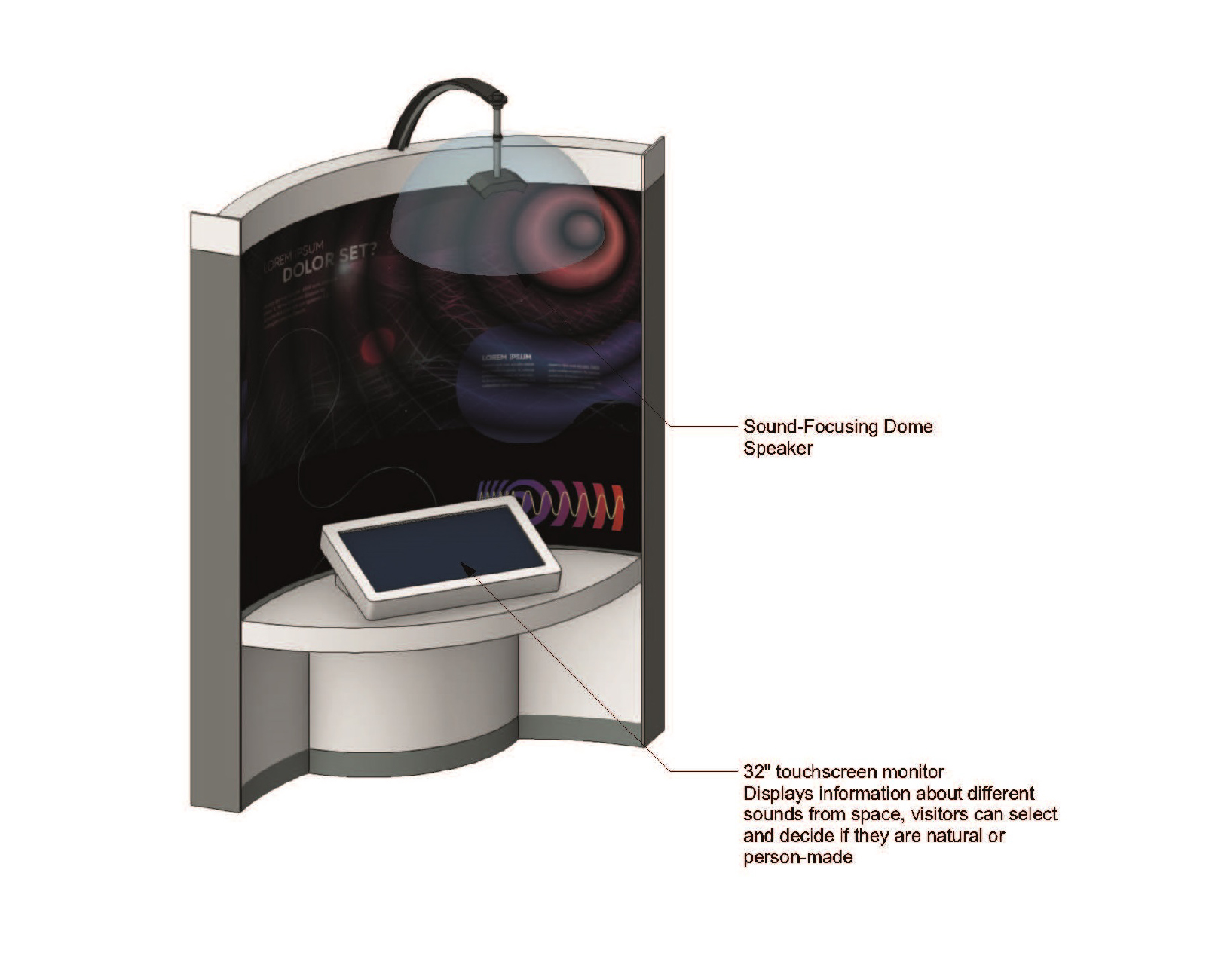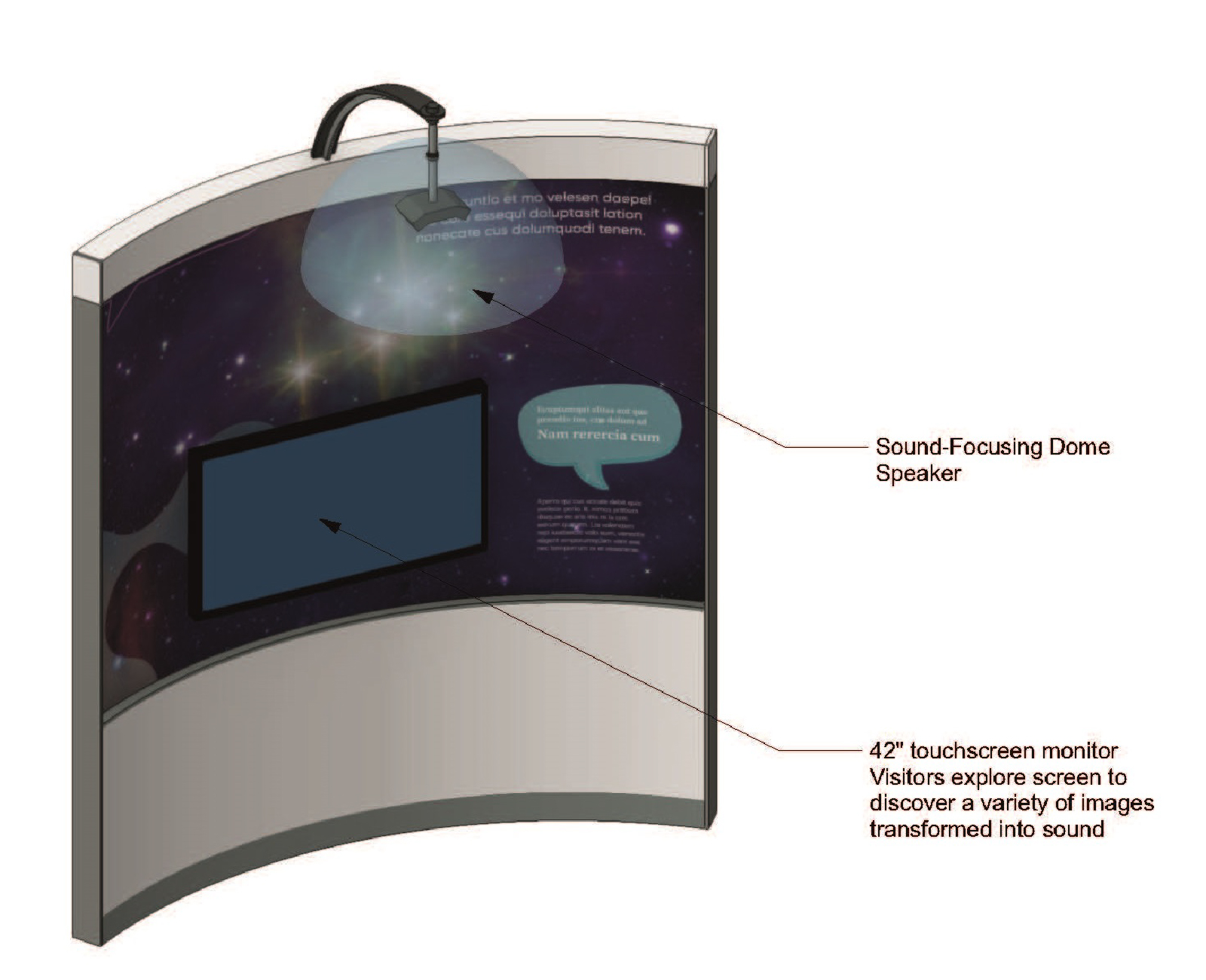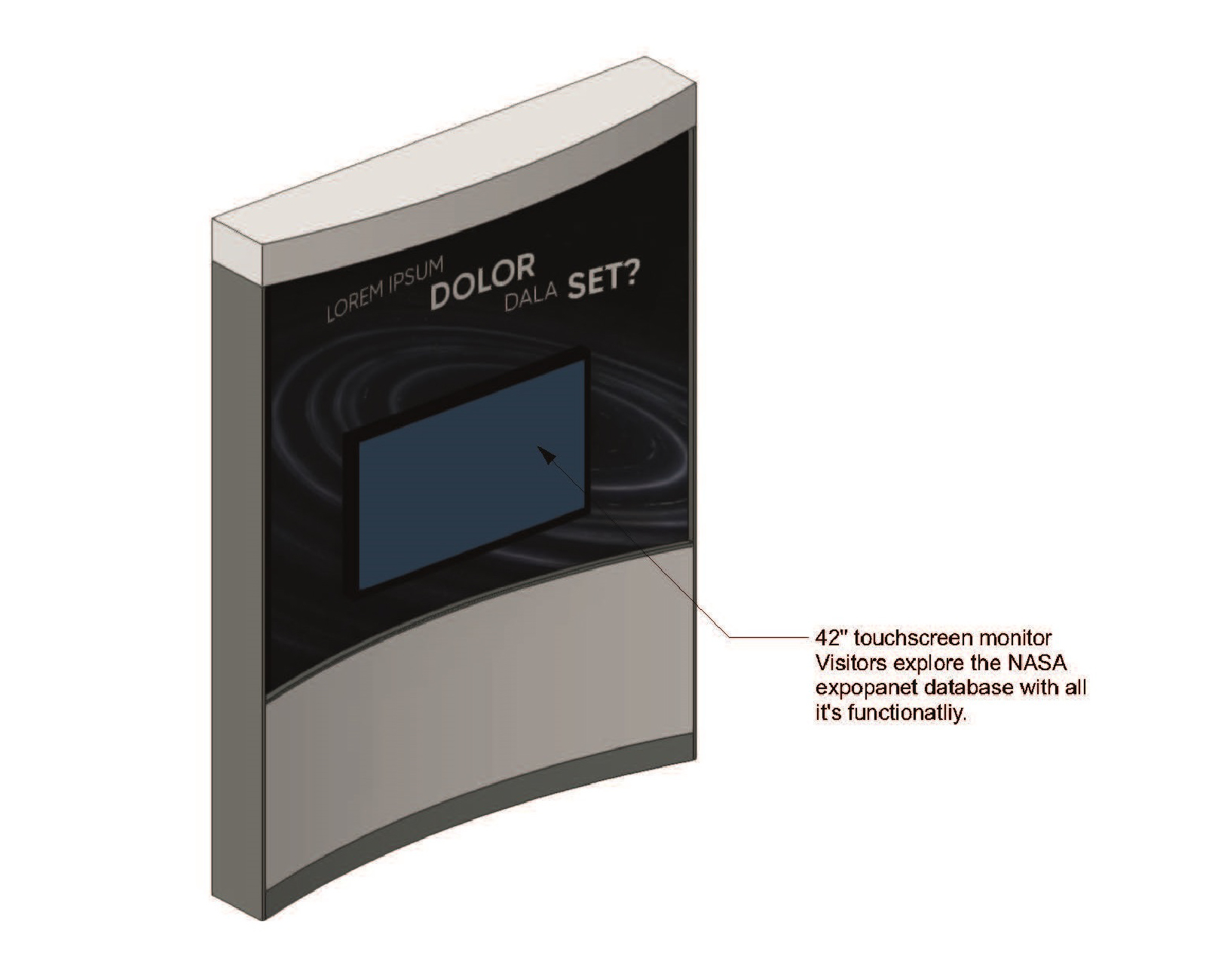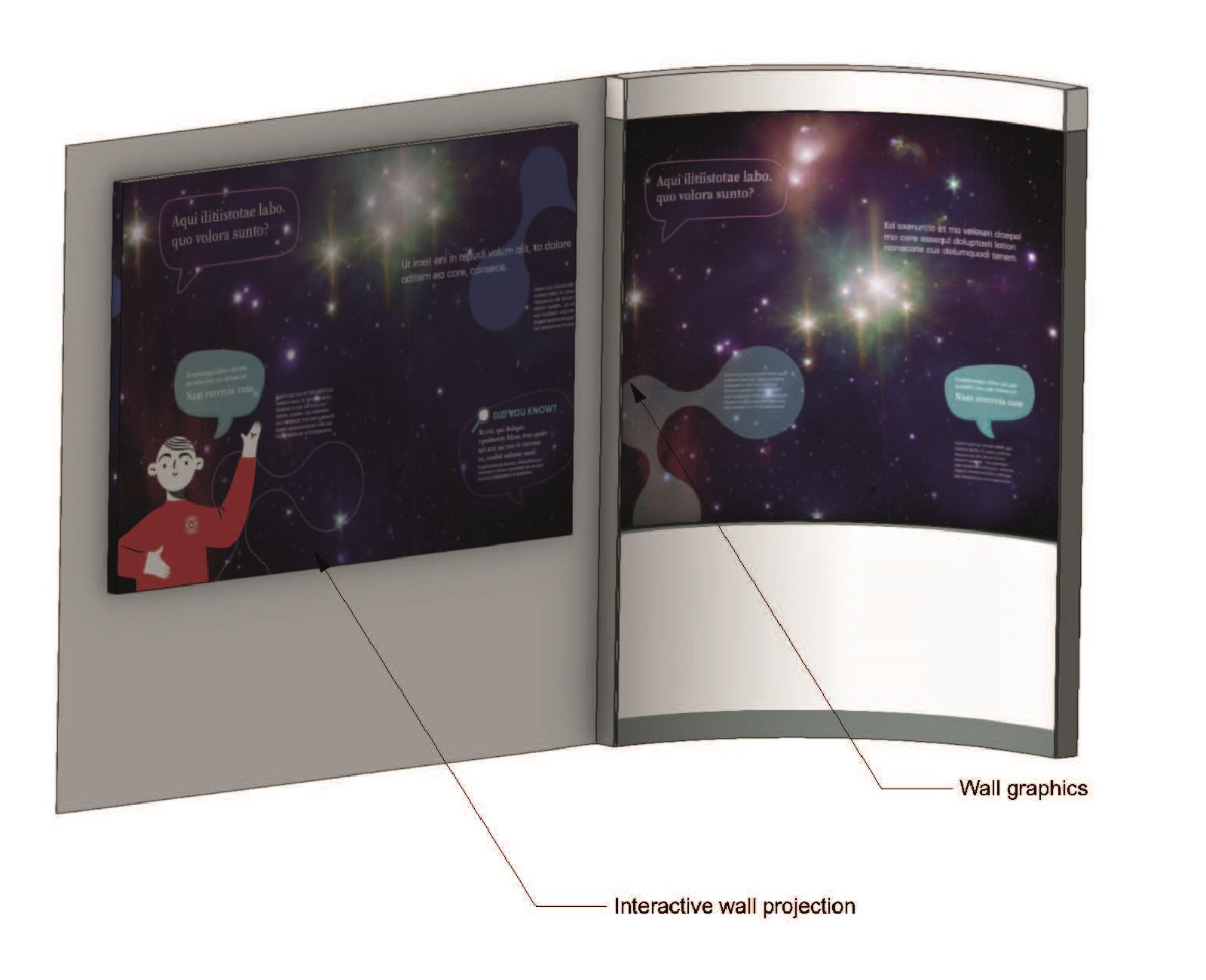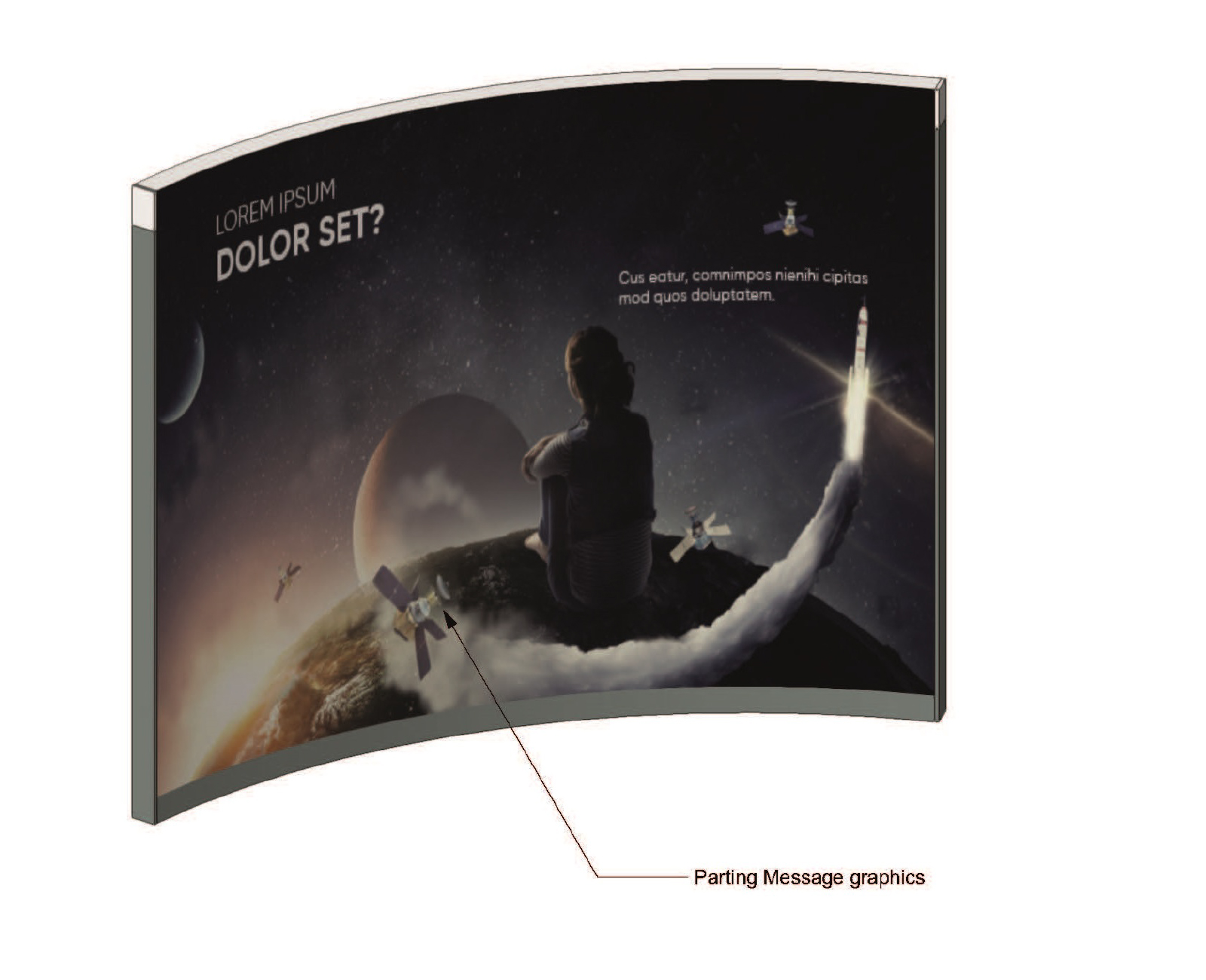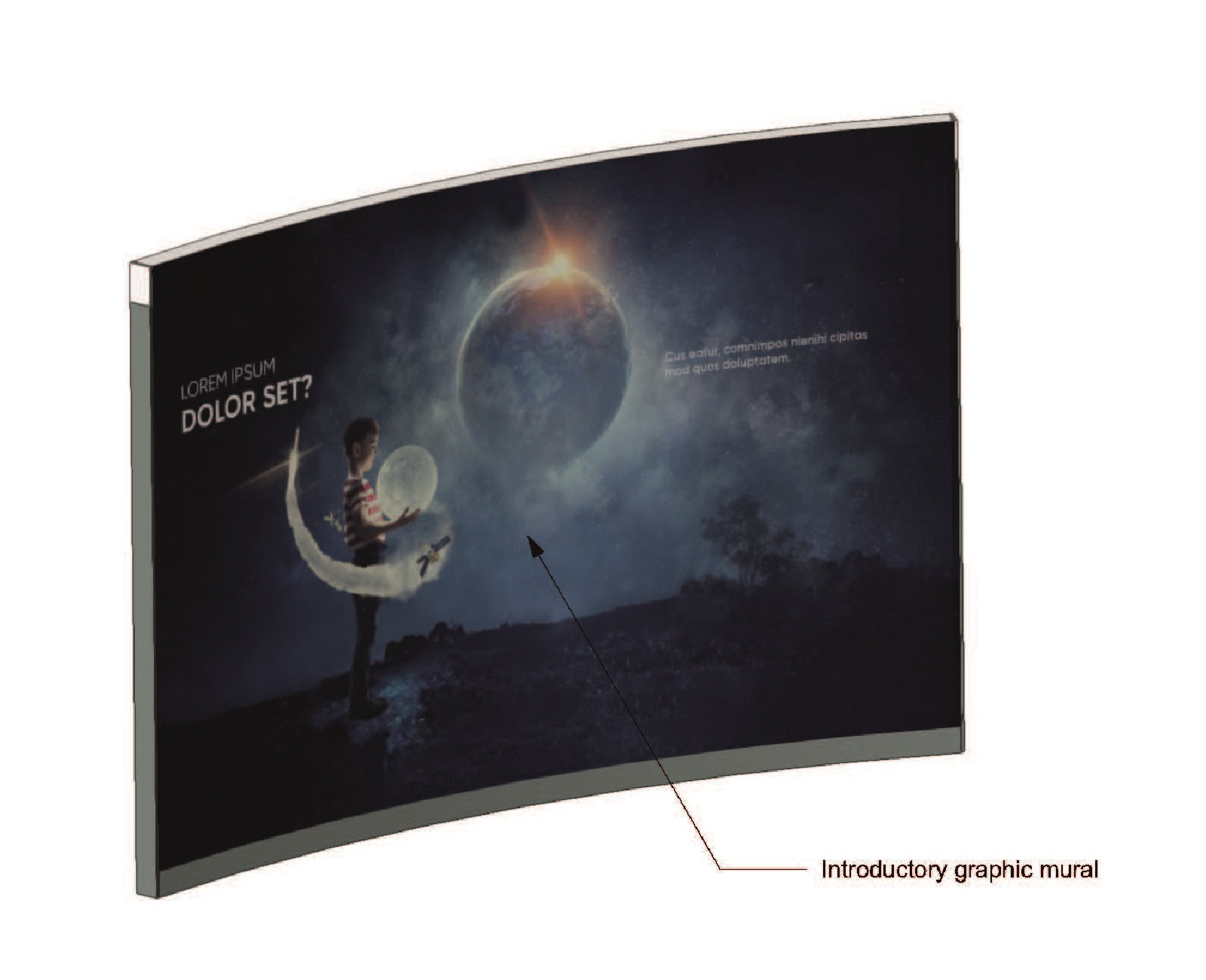Stardust Lab
Sponsorship Opportunities
Be a Part of the New Astronomy Discovery Center
The Stardust Lab centers around the burning questions asked by Lowell Observatory visitors. Questions like “where are we” and “how did we get here” can be answered through many methods (art, math, spirituality). The Stardust Lab helps visitors experience the many ways scientists seek answers about the cosmos. Visitors will leave feeling more connected to and curious about the Universe. See the list below for exhibits you can sponsor.
Now is the time to leave your mark on this new facility and help us inspire visitors of all ages.
For more information contact Sherry Shaffer at (928) 714-7777 or sshaffer@lowell.edu.
